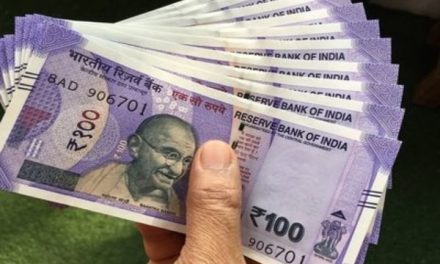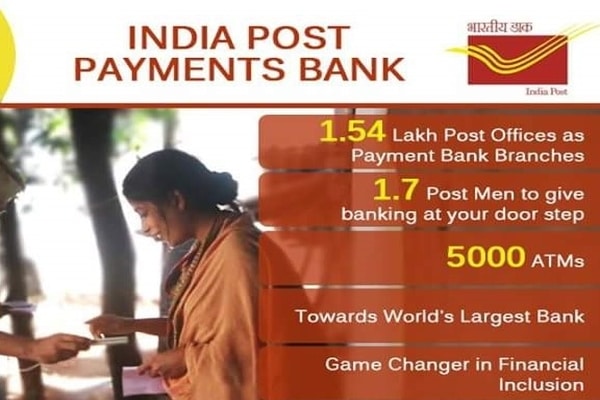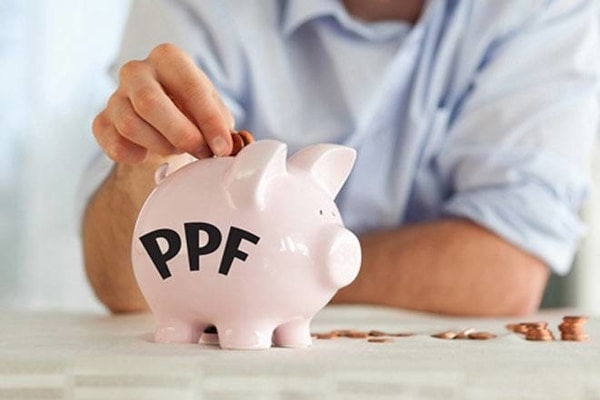Prime Minister Narendra Modi addressed the nation at 10 AM today. During his address, Modi said India’s vaccination program was science-born, science-driven, and science-based. He also said there was no “VIP culture” in the drive and everyone is treated equally. “India’s vaccine campaign is a living example of ‘Sabka Saath, Sabka Vikas, Sabka Vishwas aur Sabka Prayas, he said.
His address comes a day after India crossed the milestone of 100 crore doses in Covid-19 vaccination. The country achieved the feat in just about nine months after the beginning of the nationwide vaccination drive in January. The country has so far vaccinated 75% of its adult population with the first dose of the Covid-19 vaccine and 30% with both doses (fully vaccinated). He described India’s Covid-19 vaccination drive as a journey from “anxiety to assurance” that has made the country emerge stronger, and credited its success to people’s trust in the vaccines despite “various efforts to create mistrust and panic”.
After China, which has administered more than 200 crore doses, India is only the second country to have reached the landmark of 100 crore jabs. While the vaccination graphs of countries with significant populations like the US, Brazil, and Indonesia have been largely flat, India’s has been rising steeply. Almost 75% of the eligible population has taken at least the first dose, with eight states and UTs achieving 100% coverage of the first dose. Four more states and UTs have more than 90% coverage of the first dose, according to government data.
After China, which has administered more than 200 crore doses, India is only the second country to have reached the landmark of 100 crore jabs. While the vaccination graphs of countries with significant populations like the US, Brazil, and Indonesia have been largely flat, India’s has been rising steeply. Almost 75% of the eligible population has taken at least the first dose, with eight states and UTs achieving 100% coverage of the first dose. Four more states and UTs have more than 90% coverage of the first dose, according to government data.











